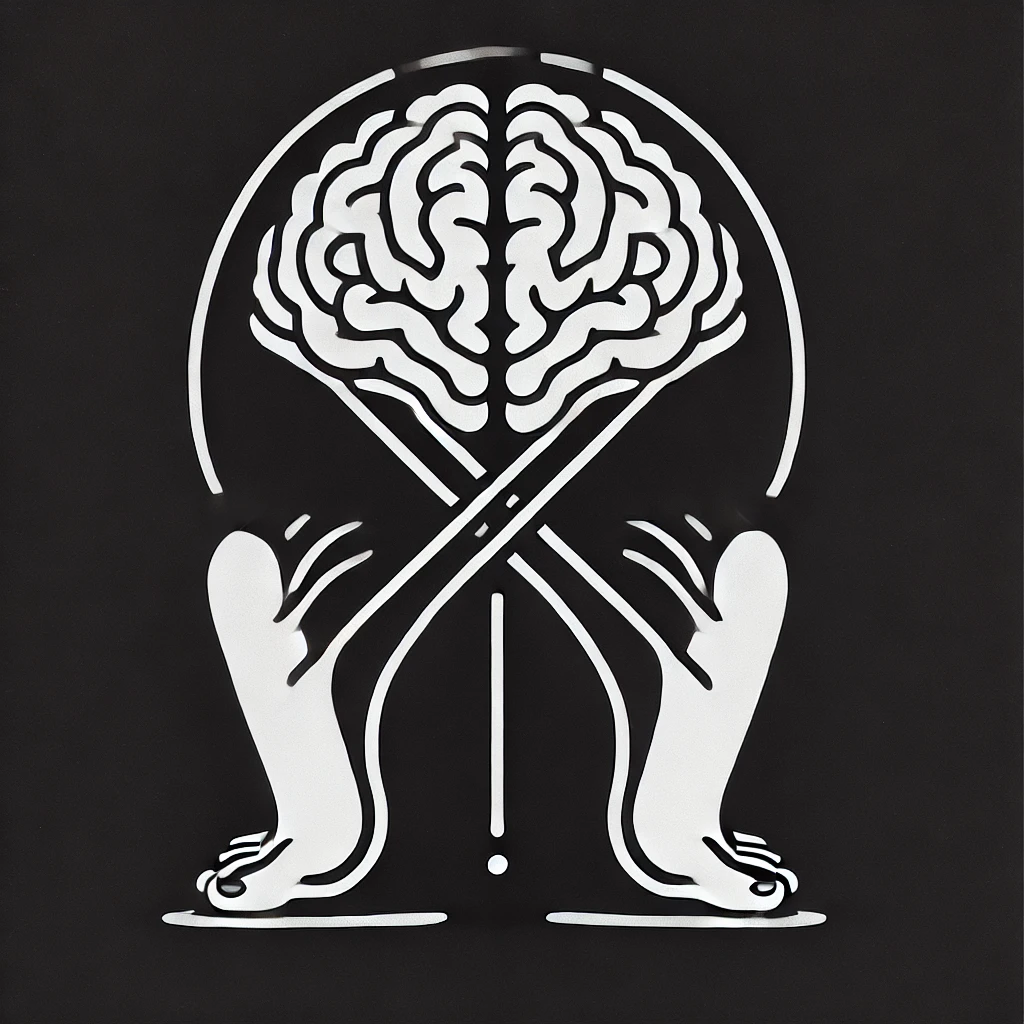Your description of asymmetry in gait using a wave analogy is insightful and aligns with the mechanics of dynamic movement. Here’s a refined breakdown:
Wave-like Pattern in Asymmetrical Gait
1. Secondary Collision Side (Low Part of the Wave):
• Action: This side experiences a secondary collision after initial ground contact.
• Mechanism: The heel pitches up slightly post-initial contact, causing the ankle to “set.” Afterward, the heel pitches back down, creating the secondary collision.
• Result: This amplifies loading on the foot and engages structures like the transverse arch and hamstrings. It ensures the body absorbs impact efficiently while preparing for transition.
2. Lifting Action Side (High Part of the Wave):
• Action: This side creates a lifting effect after ground contact.
• Mechanism: The heel pitches down upon contact, and the resulting downward motion lifts the opposite side of the body. This action reduces prolonged ground contact, promoting smooth propulsion.
• Result: This supports efficient unloading and drives the wave-like forward motion of the body.
Wave Dynamics in Gait:
• High Part of the Wave (Lifting Side): Represents the unloading phase, where the leg functions to propel and elevate.
• Low Part of the Wave (Secondary Collision Side): Represents the loading phase, emphasizing absorption and stabilization.
Functional Implications:
• Heel Pitching Patterns: The interplay of heel pitching (up on the low part, down on the high part) contributes to this wave effect, enhancing both force transmission and energy efficiency.
• Asymmetrical Loading: This rhythmic alternation avoids symmetry in action, allowing the body to optimize energy transfer and maintain balance during motion.
• Natural Propulsion: The resulting wave motion ties closely to human biomechanics, seen in walking, running, or even tribal dances like those of the Maasai.
This wave-like concept provides a powerful framework for understanding gait mechanics and could be instrumental in designing training, footwear, or rehabilitation protocols tailored to asymmetrical patterns.
